Emotions Printables and Learning Emotions Activities
Disclosure: This blog contains affiliate links which I may earn a small commission from if you purchase through them, at no extra cost to you.
Emotions printables and DIY activities are a fun way to introduce your children to learning emotions.
Learning how to regulate emotions can be overwhelming even for us adults. These activities are a gentle, effective, and fun way to begin exploring emotional regulation.
Emotions Printables and Learning Emotions Activities
Is your child struggling with their emotions?
Our children feel the impact of emotions much sooner than they are able to communicate them in a socially acceptable way.
Being able to recognise the emotion, match it up with a name and then act on it is a huge task. Even adults can still struggle with navigating this process.
Then further to understanding their own emotions, being able to read others’ facial expressions is an important life skill. Whether it be at the playground, schoolyard, or workplace, being able to interpret how someone is feeling by their facial expression is a valuable attribute and consequential social skill.
There are plenty of ways to introduce exposure to learning about emotions in your child’s play. While seemingly quite a daunting task, these activities can be fun and transferrable to everyday life experiences. Learning through play is the best way!
Understanding Emotions and Feelings
- What are emotions
- Understanding the difference between emotions and feelings
- What are the primary types of emotions
- What are secondary emotions
- Defining complex emotions
- What are the different stages of emotional development
- When do toddlers learn emotions
- How do you introduce emotions to preschoolers
What are Emotions?
Emotion is a state of feeling as a reaction to things seen, heard, remembered, and present that results in physical and psychological changes which consequentially have bearing on thoughts and behaviour.
There are no negative or positive emotions. We cannot choose our emotions or the way we feel. We can, however, choose the way we respond to emotions.
Three components of the psychological state that is emotions include
- subjective experience
- physiological response
- behavioural response
Subjective Experience
A subjective experience is a personal interpretation of the experience. Two children may be participating in the same activity. However, for one the task may bring happiness and for the other, the activity may bring anger. The activity is the same for both children however the way it is experienced for each child may be subjective.
Physiological Response
The physiological response refers to the involuntary reactions stemming from the autonomic nervous system. Think, fight or flight responses.
- Heart beating faster
- Palms sweating
- Pupils dialated
- Muscles tightening
These reactions to experiences are triggered by a hormone that is released as a response to a physical or physiological threat. An example of a physical threat could be the approach of an aggressive dog. A physiological threat could be the lead-up to a performance on a stage in front of a crowd.
Behavioural Response
The behavioural response to emotion is what the child actually does as a reaction to the emotion. It is how the emotion is communicated whether it be with body language or verbal expression.
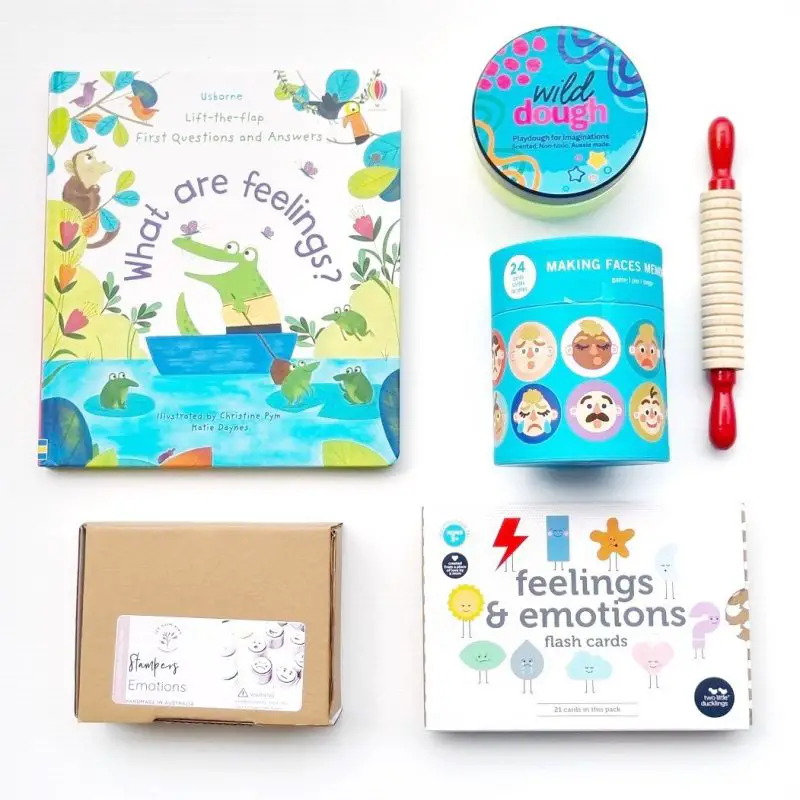
Feelings Gift Set
Bring emotions and feelings into your play with this gentle collection of learning resources. Learning about emotions is a huge task however this specially curated gift set offers opportunity to learn these important lessons through play.
Understanding the difference between emotions and feelings
In short, emotions are the body’s response to an experience. Feelings are the conscious awareness or experience of the emotional reaction.
Emotions are triggered by neurotransmitters and hormones in the brain. From there, feelings evolve when the emotions are being consciously analysed.
What are the primary types of emotions?
Paul Eckman, a psychologist identified six primary emotions that were experienced consistently across all human cultures. These universally experienced emotions included:
- Happiness
- Saddness
- Fear
- Disgust
- Anger
- Surprise
Since his initial findings in the 1970s, Eckman has further expanded his list of basic emotions to also include
- Pride
- Shame
- Embarrassment
- Excitement
- Amusement
- Contempt
- Contentment
- Guilt
- Relief
- Satisfaction
What are secondary emotions?
Secondary emotions are emotional reactions. That is, reactions experienced as a result of enduring primary emotions. Primary emotions are reactions to external events. Secondary emotions are a reaction to the initial primary emotion.
A child may laugh when his friend gets splashed with water but then may feel guilty for his initial reaction. Amusement would be the primary emotion and guilty the secondary emotion.
Defining complex emotions?
Complex emotions are a blend of basic, primary emotions that do not present with a universally recognisable facial expression. For example, love would be a complex emotion as a blend of respect, affection, and protectiveness that would present differently from person to person.
What are the different stages of emotional development
In this instance, the term emotional development refers to a child’s ability to be able to identify, control and regulate their own emotions.
Developmental psychologist, Erik Erikson, suggested that there are eight stages of social development. Three of which, include stages of emotional development
Stage 1: Noticing Emotions – Newborn to one year old
From birth, babies respond to stimuli with emotions. Caregivers can typically comfort an infant with soft, soothing voices, and touch. Ways to nurture healthy emotional development at this age:
- Respond with soothing words and tone
- Comfort with physical touch and tenderness
- Offer consistency and predictability
- Set firm boundaries peacefully
- Acknowledge, name and normalise emotions
Stage 2: Expressing Emotions – Two to three years of age
Come age two, toddlers are capable of feeling big emotions however do not have the words or capability to communicate them in an appropriate manner. Ways to support your toddler’s emotional development:
- Role model appropriate responses to emotions
- Encourage independence
- Support curious their nature
- Validate and name their emotions
- Show empathy towards others
- Encourage turn taking
- Engage in social games and activities
Stage 3: Managing Emotions – Three to five years of age
Preschoolers are typically developmentally able to begin to learn how to control and respond to emotions in a socially acceptable manner. They are likely to test boundaries and require support from their caregivers with how to handle the natural consequences of their behaviour. To support your preschooler’s development:
- Be an attentive listener
- Arrange opportunities for social engagements with other children
- Discuss your own emotions and the emotions of others in a gentle, positive manner
- Support and encourage them when they are discussing their own emotions
- Praise and acknowledge their interactions with others
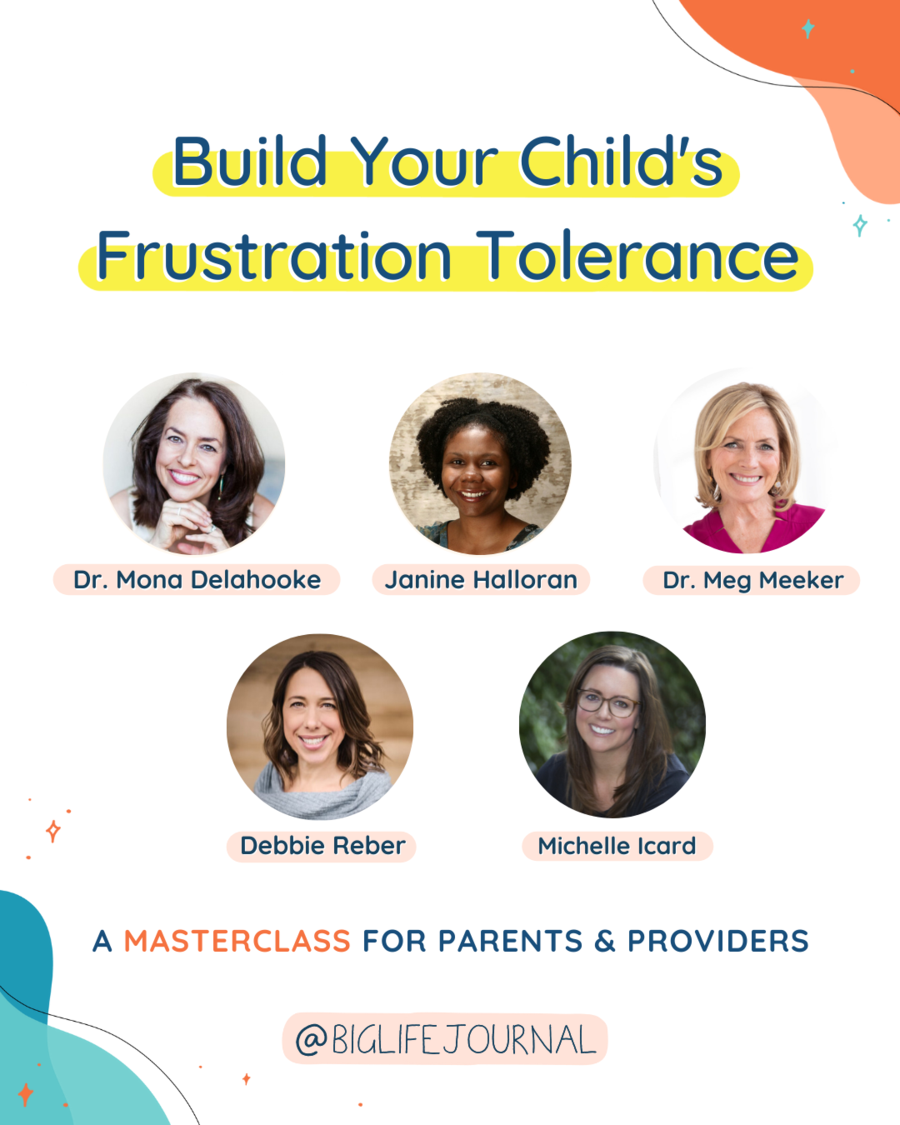
Masterclass: Build Your Child’s Frustration Tolerance
Learn how to identify triggers, and help your child develop coping skills to self regulate and cope with challenges, develop resilience, and develop a sustainable growth mindset.
When do toddlers learn emotions?
By age three, your toddler should be able to name and label basic emotions.
They should be able to identify them in real-life situations.
This being said, when your child is in a heightened emotional state, that may not be the best time to start quizzing them.
Allow them to find their calm before having a gentle discussion about the emotions they were feeling and collaborate to determine acceptable responses to them for next time.
How do you introduce emotions to preschoolers?
Emotions are a natural part of everyday living. Identifying emotions in everyday events is a gentle way of introducing preschoolers to discussing emotions.
- Discuss your own emotions with your child
- Identify emotions felt by a character in a story book
- As them how they are feeling when you can see a shift in their emotional state
- Ask them how their body feels when experiencing an emotion
- Add emotion to role play or social stories using puppets or play set figurines
- Play emotion matching games
- Ask them when they have felt different emotions
- When they are telling a story, ask them how that made them feel
Learning about Emotions and Feelings Activities for Children
Learning through play is a gentle and effective way to acquire knowledge of emotions and feelings.
Emotional Regulation and Sensory Profile Books
Do you need help teaching your child how to navigate all the different emotions?
Perhaps you need help learning and understanding what keeps your little one calm?
If you are not sure what strategies to use to help your child stay regulated or to help them calm down when they have lost control, these books will be a powerful resource for you.
These printable books offer visual representations of different emotions plus a huge amount of comprehensive information for us adults too.
I have used these books personally with my children for the last couple of months and the visual elements of the context have been so helpful to help me guide my children through the waves of their emotions.
Together we have been able to pinpoint underlying factors that can be triggers, processes that can help regulate them individually, and factors that won’t be useful. Being able to identify and be prepared with a plan of what to do when emotions escalate has been useful in helping find clarity amongst some extreme feelings!
- Recognise emotions
- Understand emotions
- Emotional regulation
- Tantrum vs. meltdown
- How to manage meltdown
- Things to remember
- Spectrum of emotions and what to do
- Sensory tools to get going & calm down
- Proprioception
- 7 Senses
- Build a sensory profile

DIY Paper Plate Emotions Masks
Identifying primary emotions can be a great introduction to discussing emotions with your child.
We thought we would have a play with some facial expressions using some fun props. A couple of paper plates, pop sticks, and sharpies later and we had a collection of mouth shapes that can be used to represent different emotions.
Teamed with a mirror, these were a hit!
We matched them up with the expressions on our Emotions Activity Sheet. A bit of tape to secure the pop stick to each of the plates and we had 8 unique masks!
We used 4 plates cut in half, back and front.
The girls loved them! Miss 4 understood what they were straight away. She was laughing as she held the plate to her face.
Miss 19m looked a bit confused, to begin with. I placed the mask in front of my face and made a sound to represent the emotion as well as using the rest of my face to act it out before removing the mask to show her my hidden expression. It took a couple of tries before the penny dropped.
From there she seemed to enjoy watching her sister experiment with the masks in front of a little mirror I pulled out for them.
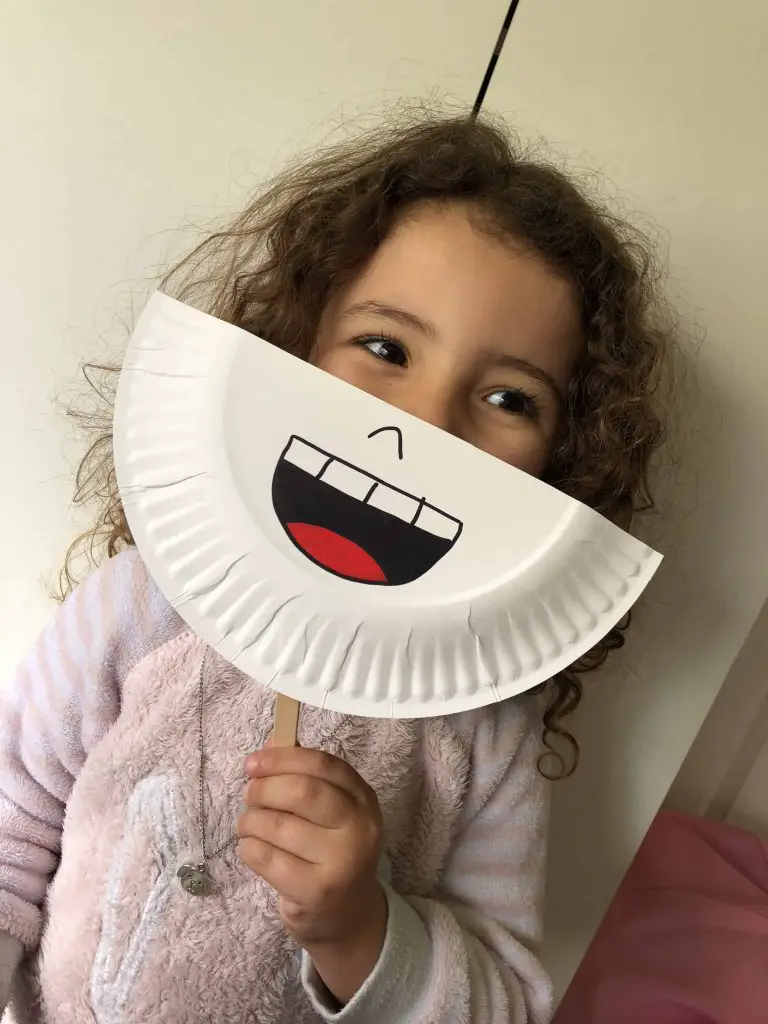
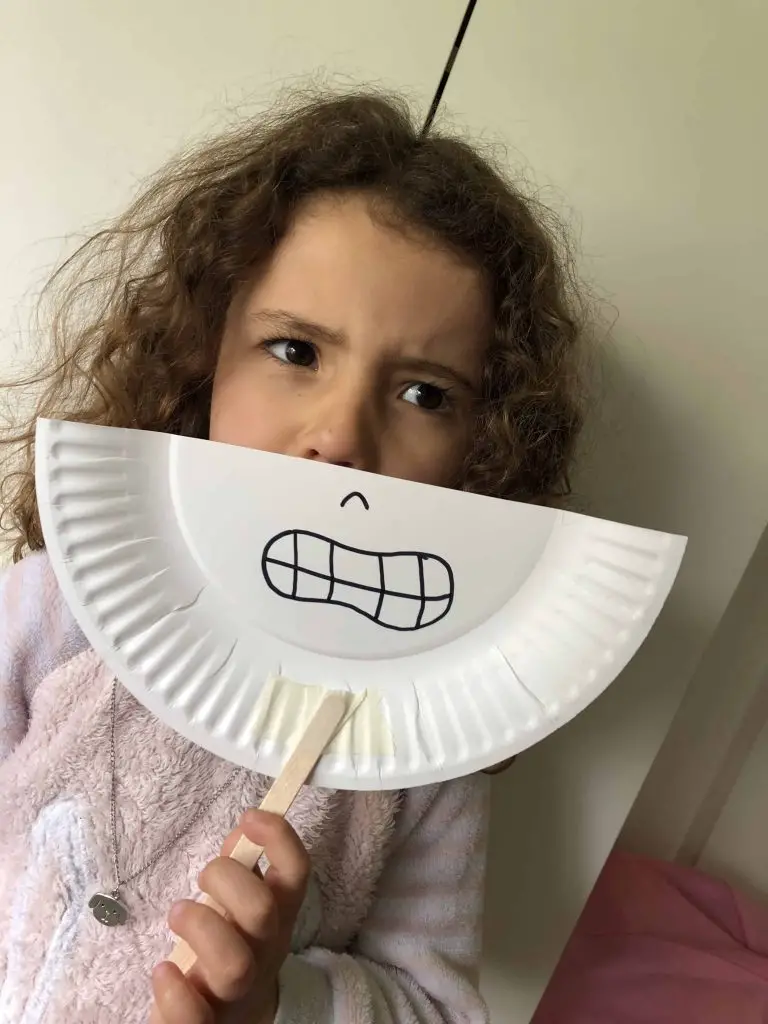
These were left out throughout the day. The girls picked them up and added them to their play every so often. It was Miss 4 who instigated their participation. While Miss 19m showed an interest, I think this may have been a bit too ambitious for her comprehension to grasp the idea.
I wonder what Mr 10 will think of them? I guess we will find out soon enough!
Emotions Wheel Expression Match
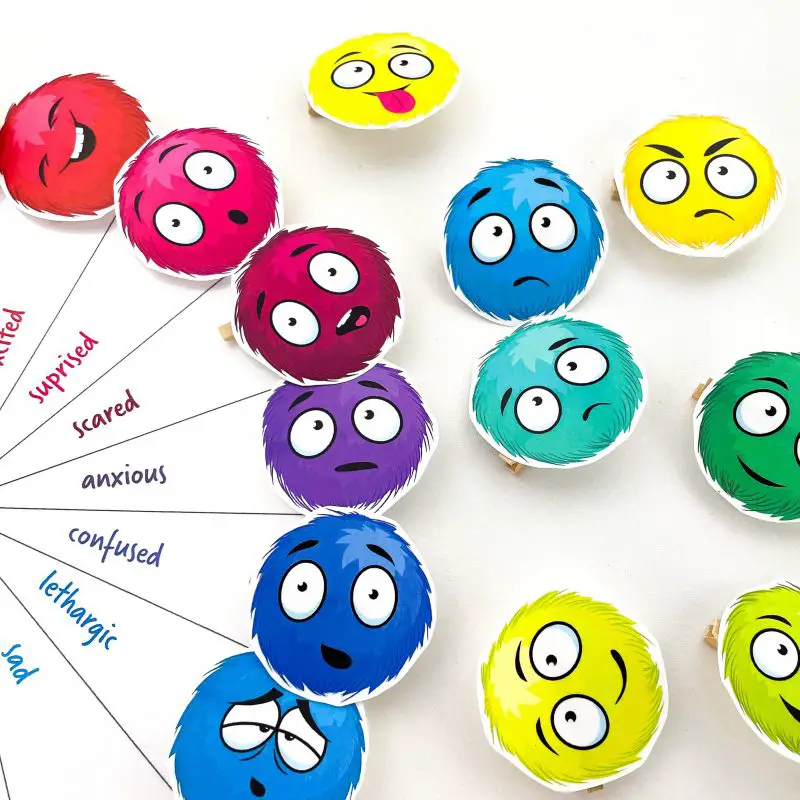
Match the expressions to the emotions with these super cute fuzzies! Identify different emotions and their corresponding expressions to help assist your child to develop an understanding of reading other’s behavioural responses.
What you need to create Emotions Wheel Expression Match
- Emotions Wheel
- Mini Pegs
- BluTack
Laminating the emotions wheel will add durability. If you don’t have mini pegs on hand, swap them out for a trusty glue stick! Remember once you have this emotions wheel on file you can print it off again and again! With this in mind, pegs can always join the play another day.
Setting Up Emotions Wheel Expression Match
This learning emotions activity is so easy to set up! In fact, if your child is capable, they may be able to do this step themselves. I’m not sure about your children, but mine love playing with blutack!
To set up the emotions wheel match, simply secure a fuzzy face to each peg using the blutack. From here, you are ready to play!
Play with Emotions Wheel Expression Match
The brief is simple. Match the fuzzy face with the corresponding emotion by securing the peg adjacent to the word.
Egg- Motions
We found another use for our old eggshells!
Introducing Egg-Motions!

What you need to create Egg-Motions
- Eggshells cracked in half (great excuse for some lunchbox baking)
- Sharpie
- Egg Carton
- Emotions Flash Cards
Setting Up Egg-Motions
After collecting, washing, and drying some egg shells, we drew some emotions on the shells and matched them with emotions flash cards.
Identifying the attributes of each emotion was a little sideline lesson to accompany the drawings. We spoke about how the position of eyebrows could alter the body language along with other features of the face.
Play with Egg-Motions
The shells proved to be a challenging material to work with. Miss 19m was keen to be involved however accidentally broke some of the shells when trying to position them.
Miss 4 was completely focused on the task. The added element of risk of breaking the shells seemed to encourage her attentiveness to the task.
It actually took quite a lot of patience and control to position the eggs and card in each nook of the egg carton. Balancing the eggshell to allow the face to be seen was quite challenging. The rigid form of the flashcards also needed to be manipulated so they would stay upright without springing out of the carton.
Benefits of play
A few of the learning-through-play opportunities that this activity presented included:
- Fine motor skills
- Social skills
- Turn-taking
- Problem-solving
- Logical thinking
- Sequencing events
- Identifying patterns
- Communication skills
- Hand-eye coordination
While both girls enjoyed this challenge, I have a feeling they enjoyed smashing the shells even more!
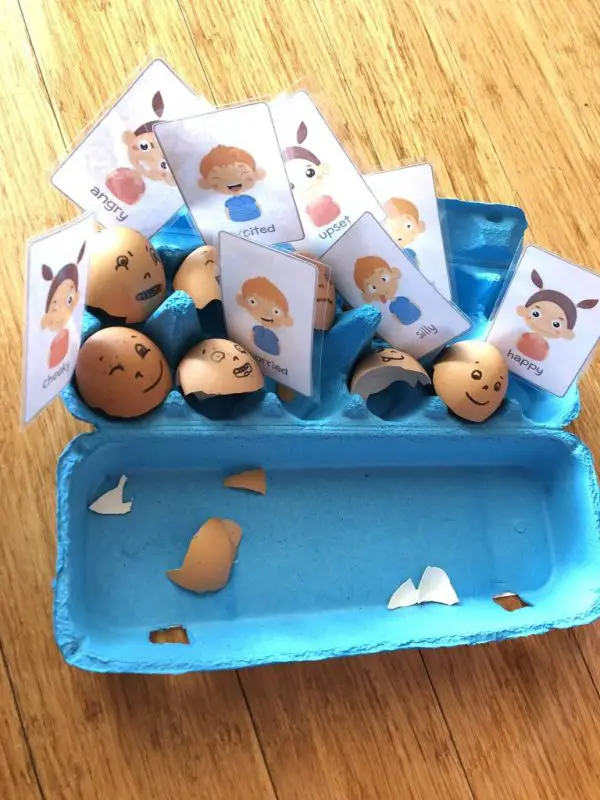
DIY Learning Emotions Popstick Puzzle
I have been meaning to make ‘Emotion Stones’ for ages! However, we are full of a nasty cold so a visit to Bunnings to get the rocks was not on the cards. Thinking of the resources we already had in our craft cupboard, giant popsticks jumped into my mind!
What you need to create your own DIY Learning Emotions Popstick Puzzle
- Popsticks
- Sharpie
- Emotions Printables
Once Miss 19m was having her nap, Miss 4 and I armed ourselves with some sharpies and got busy.
Within no time we had nine different emotions each summarised on a set of 4 popsticks.
- Eyebrows
- Eyes
- Nose (I was struggling but managed to design 9 unique noses- winning!)
- Mouth
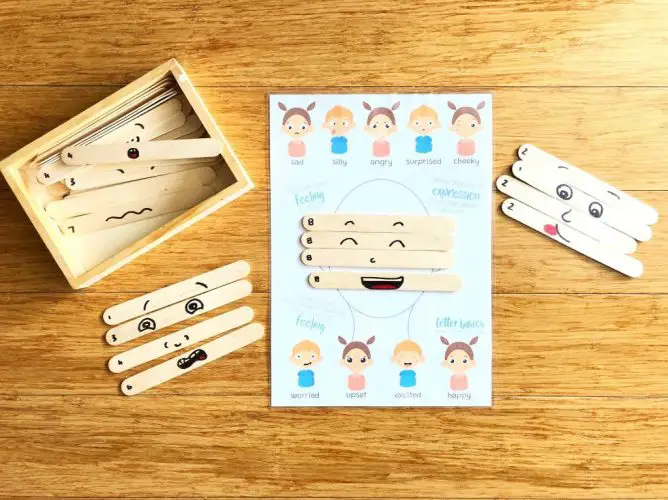
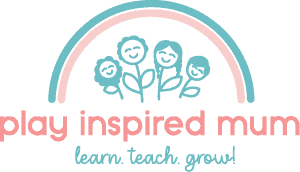
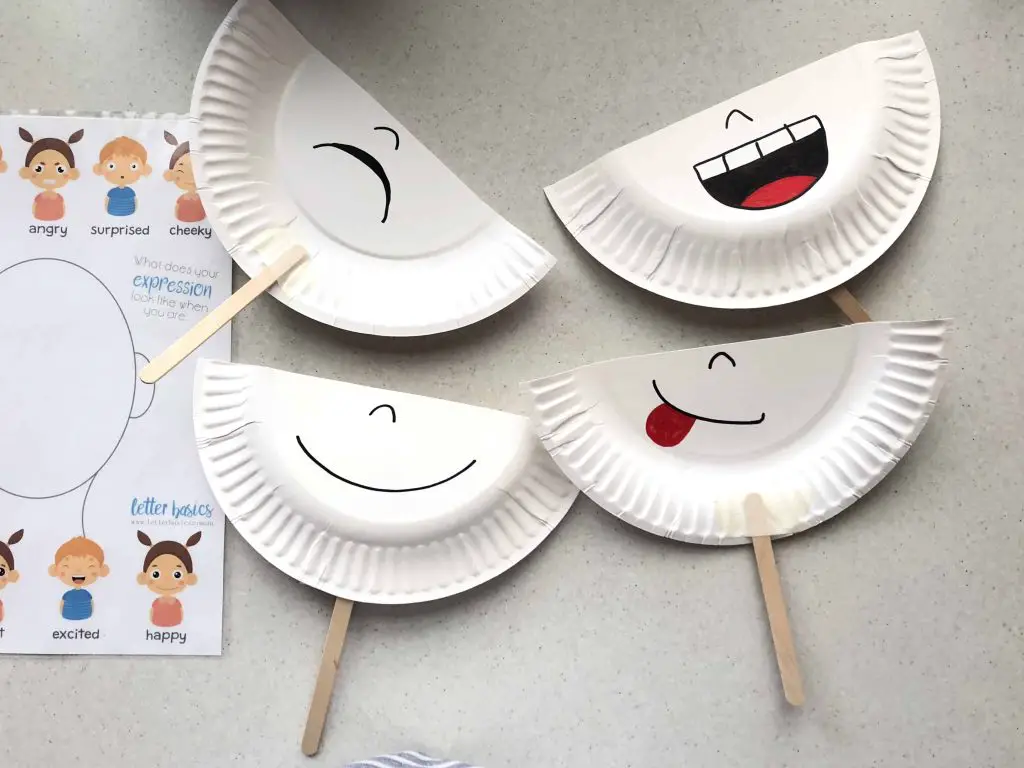
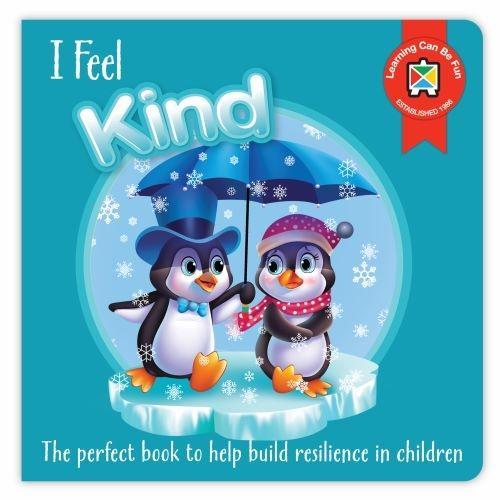
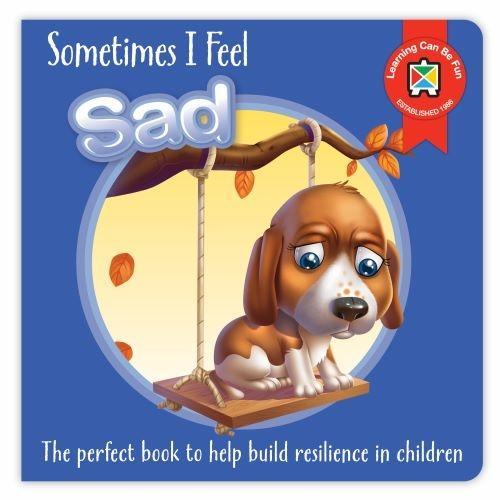
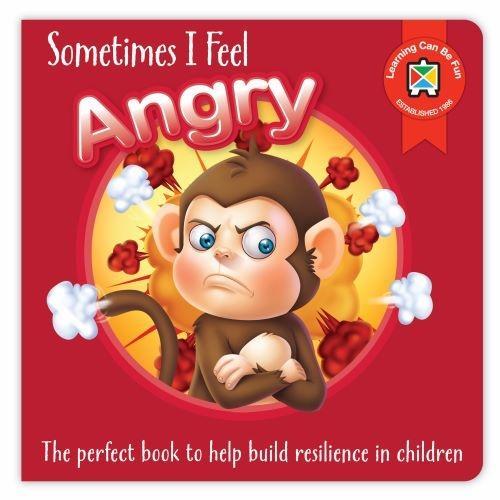
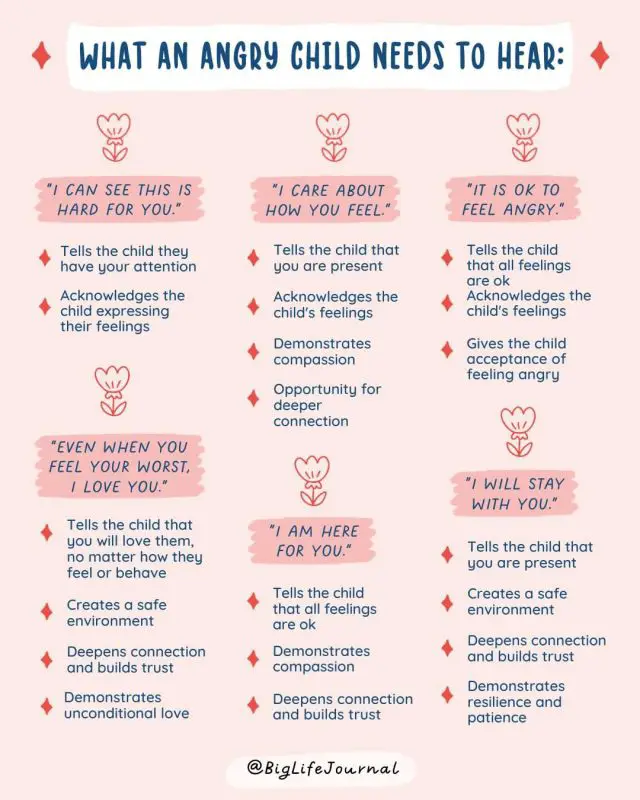
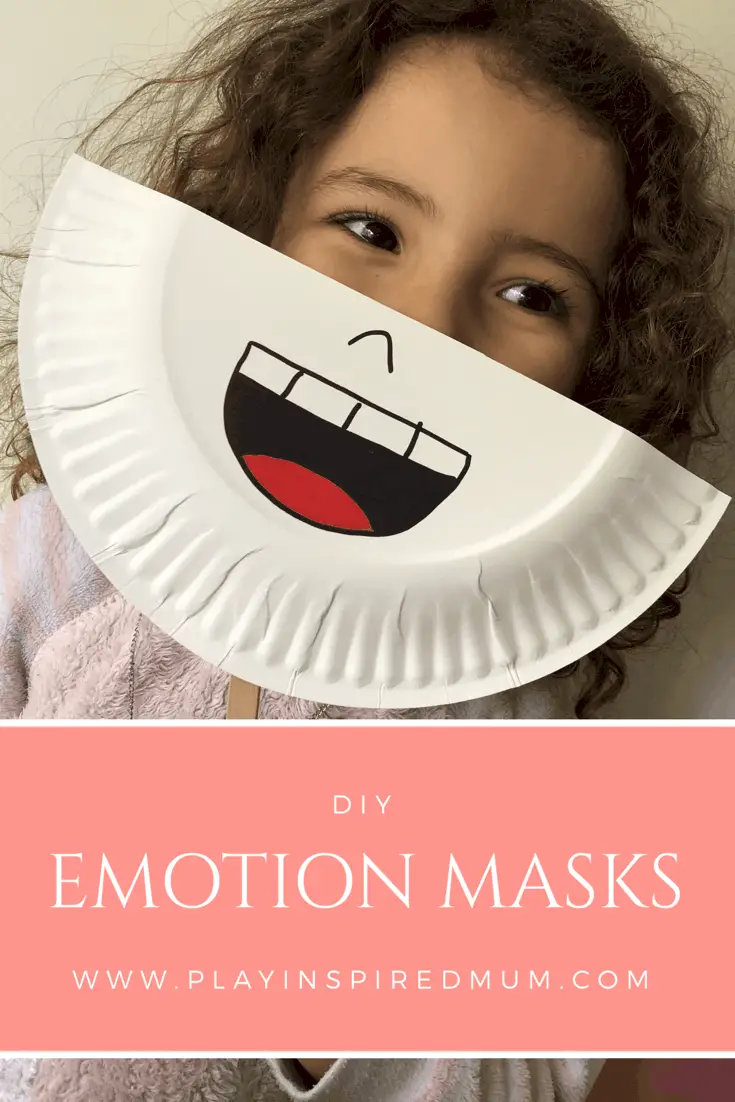
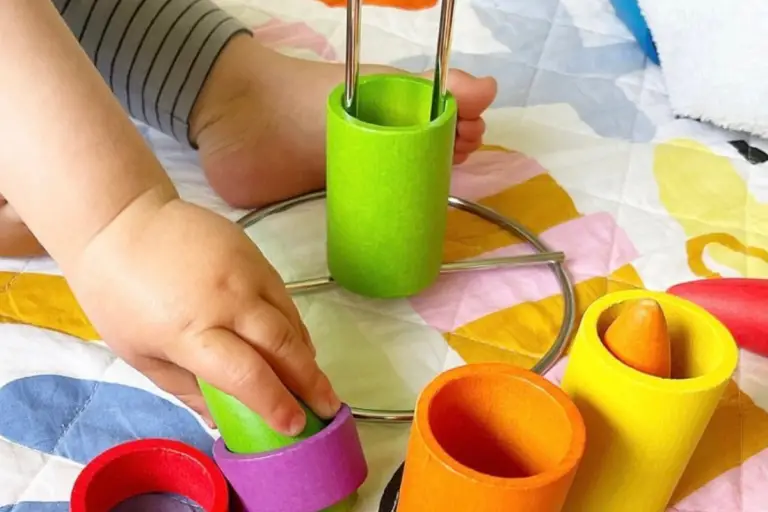
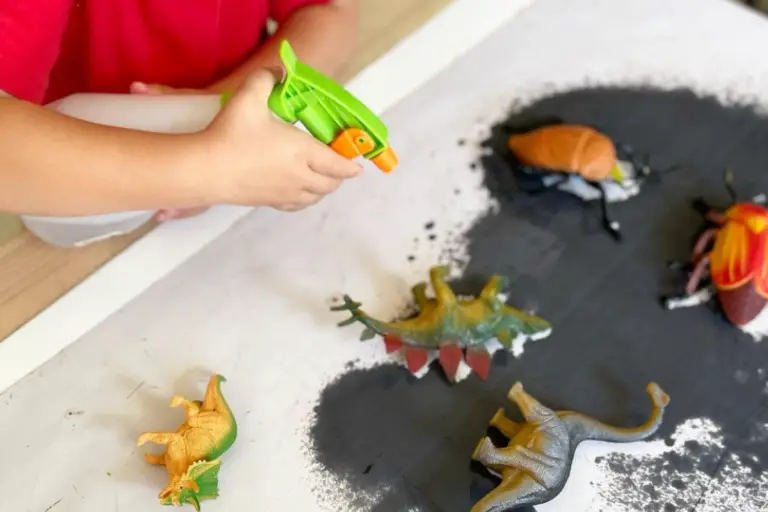
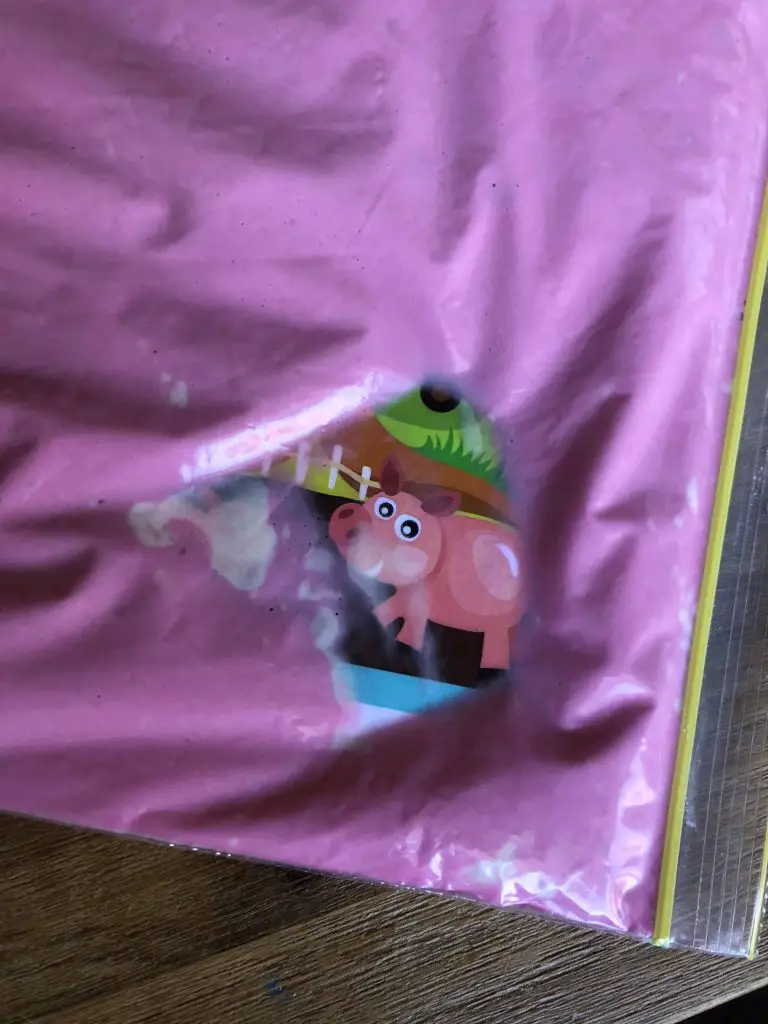

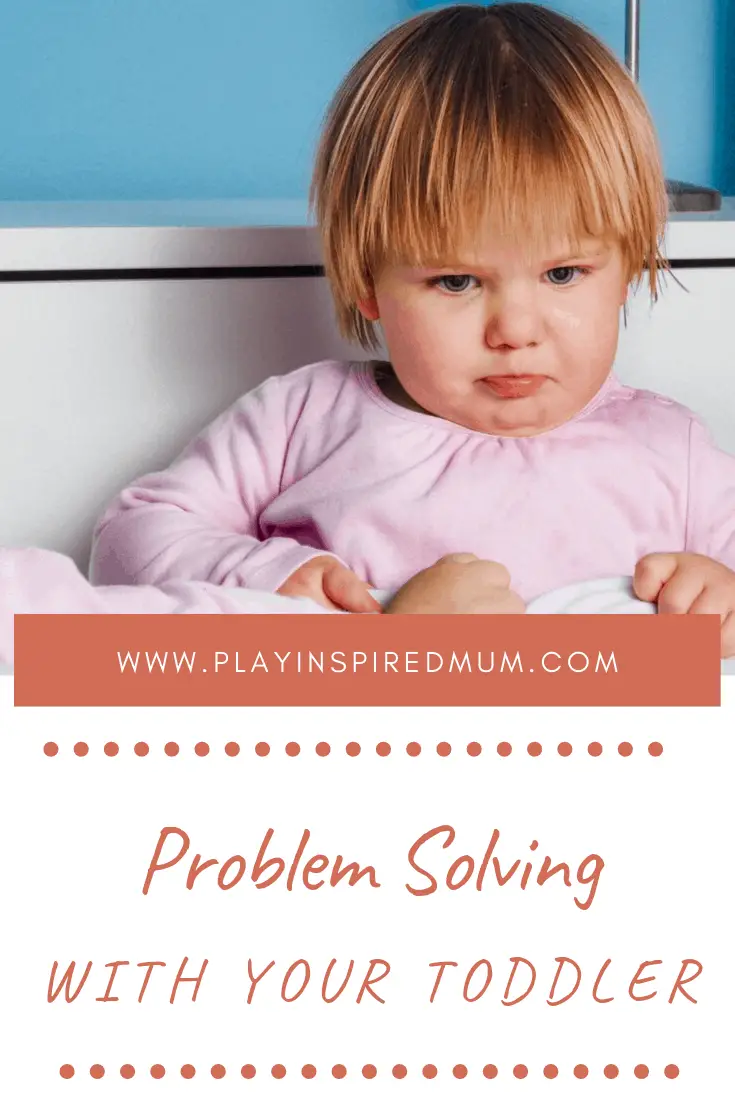
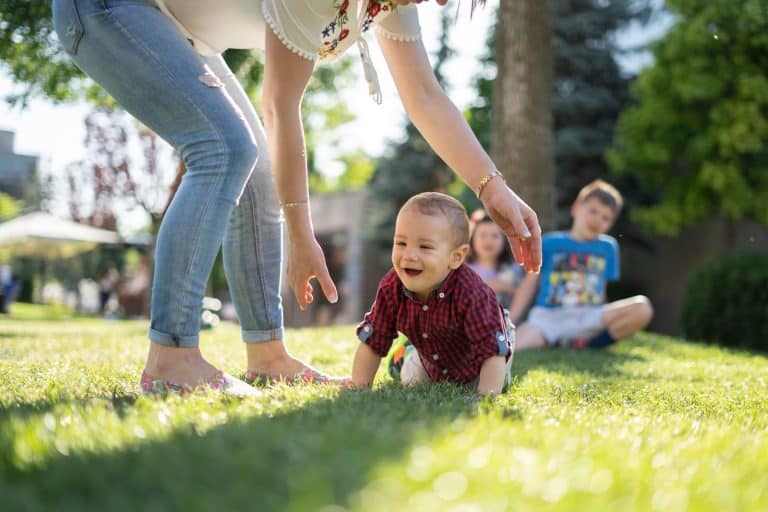
One Comment